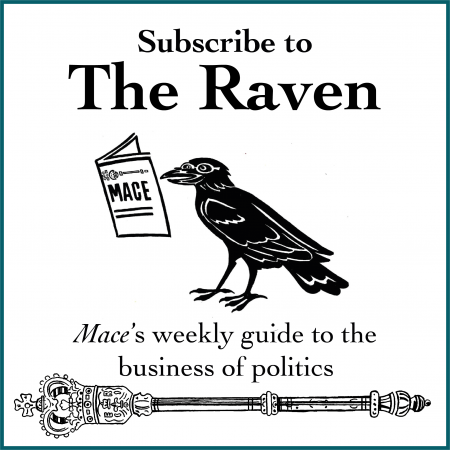Andy Reid, head coach of the Kansas City Chiefs, the NFL Super Bowl reigning champions, likes to “flood the zone” in his offensive plays, sending more runners into an area of the field than the defenders can cover. This makes man-to-man marking impossible. Like many sporting terms, it has found a home in politics, in particular thanks to Donald Trump’s former strategist and Cambridge Analytica investor, Steve Bannon. In 2018 he said that “the Democrats don’t matter. The real opposition is the media. And the way to deal with them is to flood the zone with shit”.
We see this strategy in play in the US with the constant attacks on the mainstream media, where the term “fake news” is used against stories Donald Trump doesn’t like, regardless of validity. The president’s own remarks can also be a source of confusion. For example, in August, without providing any proof that the Food and Drug Administration (FDA) was intentionally delaying coronavirus vaccine trials, he said: “The deep state – or whoever – over at the FDA is making it very difficult for drugs companies to get people in order to test the vaccines and therapeutics.”
His use of the term “deep state” is also catnip to the conspiracy theorists who identify with the QAnon postings online. QAnon followers believe that Donald Trump is saving the world from a satanic cult made up of paedophiles and cannibals connected to Democratic Party figures, so-called deep-state actors in the security services, and Hollywood celebrities. Trump has called QAnon followers “people that love our country.”
We’ve seen flood-the-zone operations this year in the UK as well. New, previously unpublished research from the cyber investigations and monitoring specialists Harod Associates shows how these tactics were also deployed in the UK, after the media started to report about Dominic Cummings’s trip to County Durham during lockdown. Harod used their proprietary technology to analyse the use of the hashtags #mediascum and #scummedia across 15 different social media platforms.
In the three years before May 2020, the terms were only used sporadically but in the days leading up to the Cummings press conference, this changed dramatically with over 4,000 original posts an hour using these terms on 25 and 26 May, the day of his press conference in the garden at Downing Street. This was when activity peaked and a few days later it had fallen to just a few hundred postings an hour. These posts largely directed abuse at journalists, who in the view of their authors had been critical of Dominic Cummings’s behaviour, with Piers Morgan, Laura Kuenssberg and Beth Rigby being the main targets.
Some of this activity was from automated bot accounts, but many were real people, often with strongly pro-Brexit sympathies. The Harod research does not identify who was behind this campaign, but it was a clearly orchestrated flooding of the zone during those intense few days.
In this context, flooding the zone means drowning out the views of the mainstream media with huge amounts of content generated by unconventional sources, often using alternative facts. People often say that something they see on Facebook wouldn’t change their mind about an issue, but that misses the key point.
The object of flooding the zone on social media is not necessarily to persuade you of a certain point of view, but to leave you in a position where you don’t know what to believe at all. Also, as the algorithms of social media are designed to hold your attention for the longest possible time, the more you engage with certain types of content, the more you will see of it.
This danger will only grow as these channels increasingly become people’s gateway to the news. In the UK, social media is already a more popular source of news than radio and print journalism. It is irresponsible to allow social media to become a digital wild west where the owners of the biggest networks of groups and accounts are able to drown out – or flood – debate on the issues that matter.

